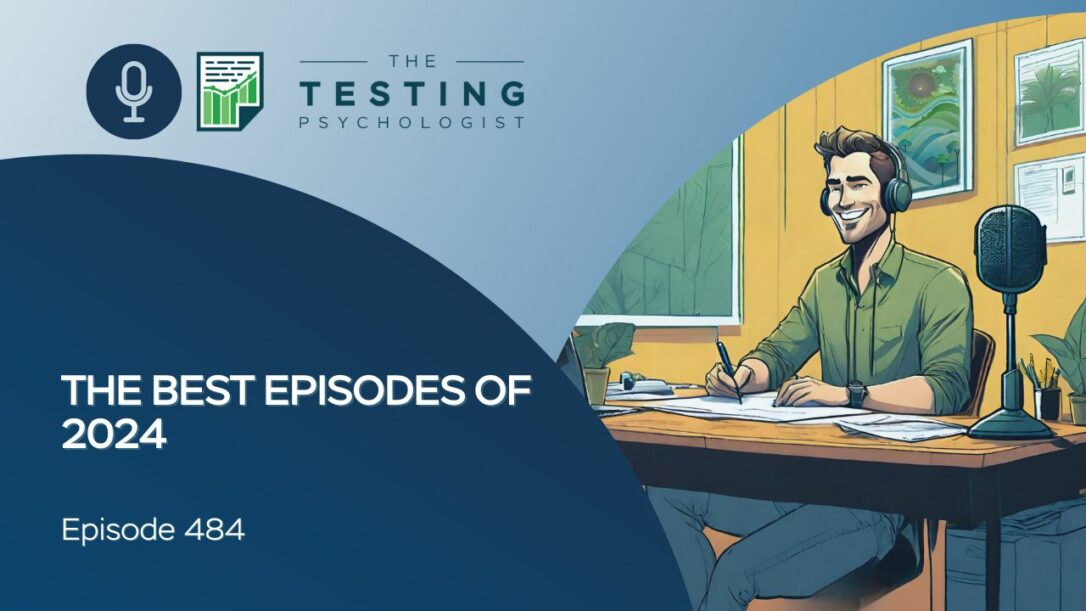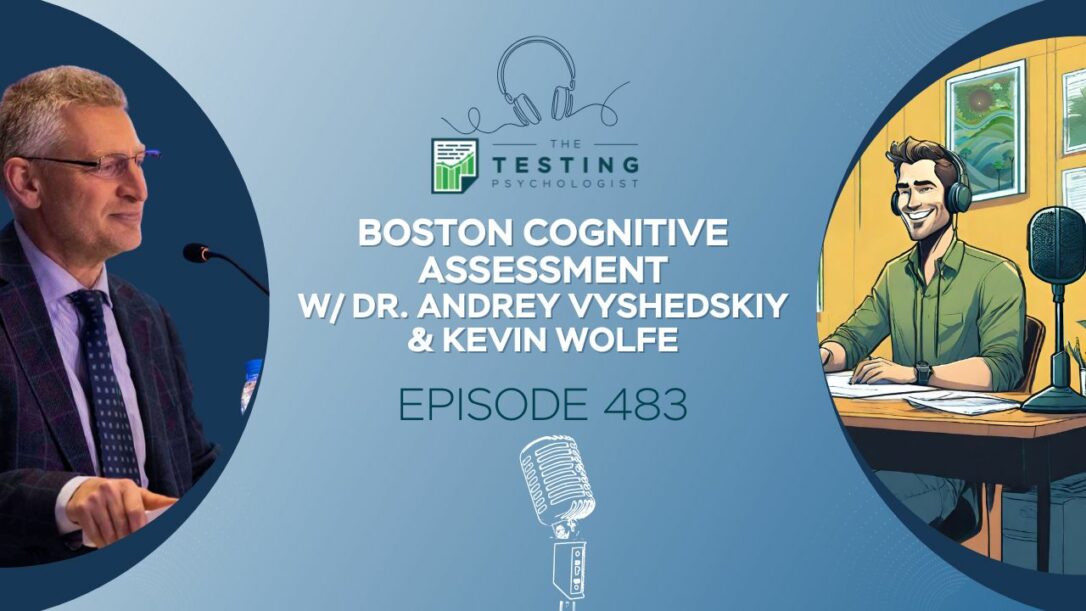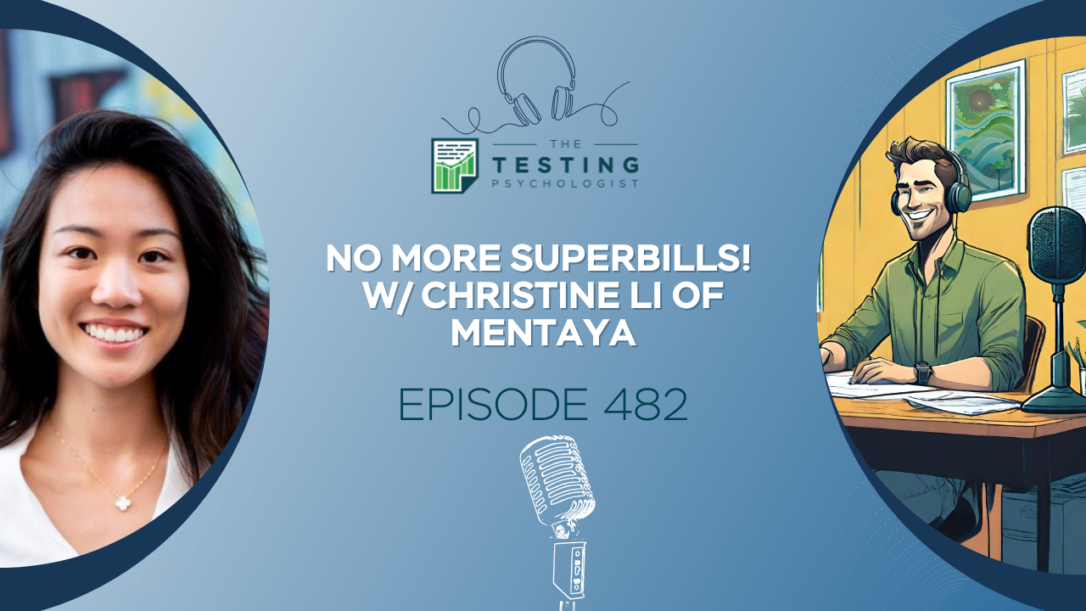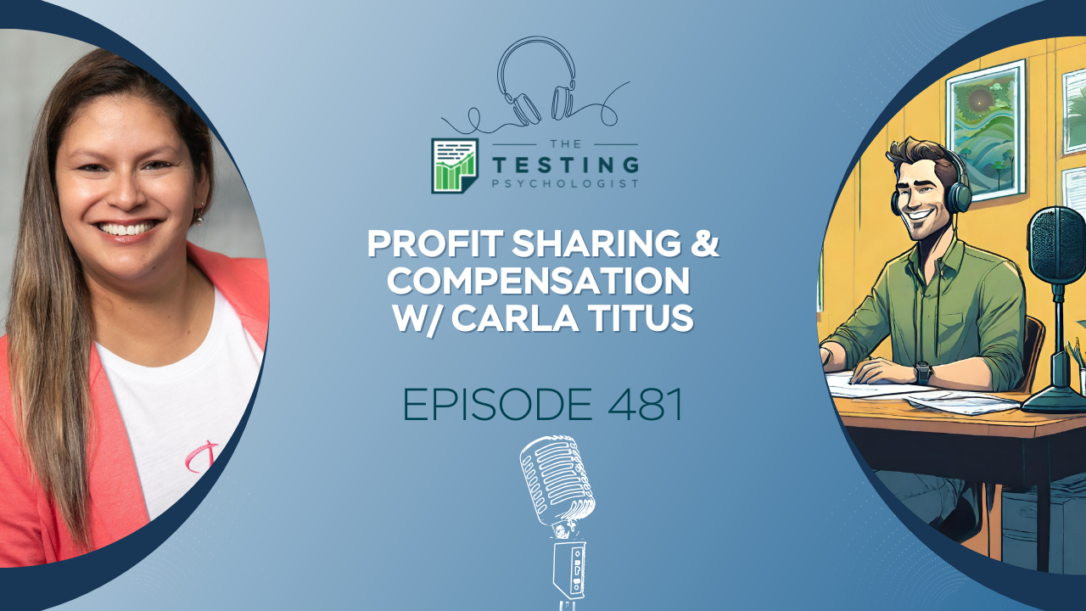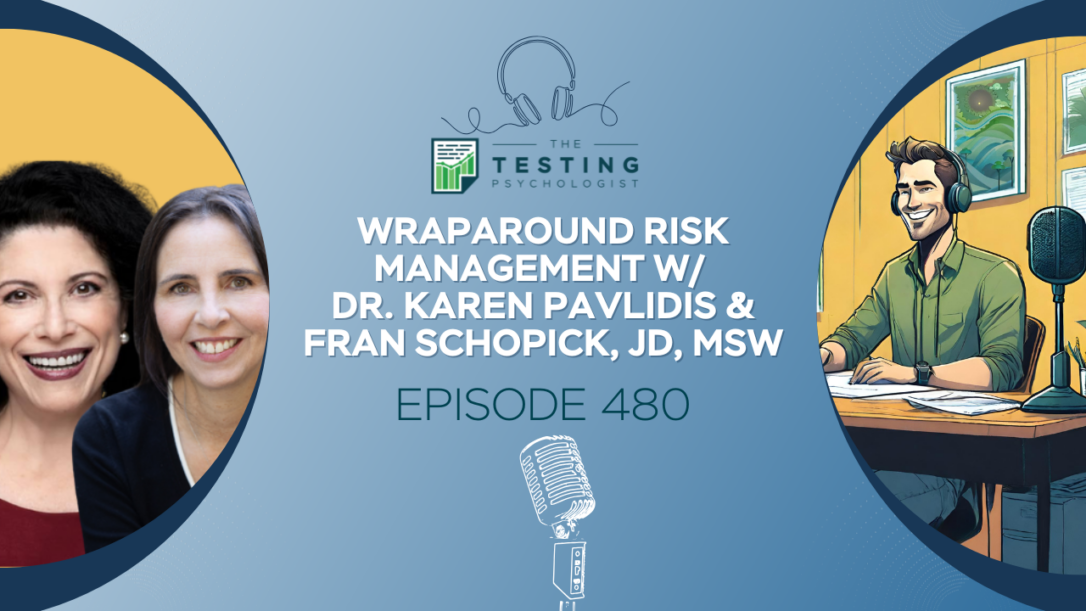[00:00:00] Hello everyone, and welcome to The Testing Psychologist podcast. I’m your host, Dr. Jeremy Sharp, licensed psychologist, group practice owner, and private practice coach. Many of y’all know that I have been using TherapyNotes as our practice EHR for over 10 years now. I’ve looked at others and I keep coming back to TherapyNotes because they do it all. …
484. The Best Episodes of 2024
Today I’m reviewing the most downloaded episodes of 2024! Topics range from clinical decision-making to affirming assessment, with lots in between.
483 Transcript
[00:00:00] Dr. Sharp: Hello, everyone. Welcome to The Testing Psychologist podcast. I’m your host, Dr. Jeremy Sharp, licensed psychologist, group practice owner, and private practice coach. Many of y’all know that I have been using TherapyNotes as our practice EHR for over 10 years now. I’ve looked at others and I just keep coming back to TherapyNotes because they do …
483. Boston Cognitive Assessment w/ Dr. Andrey Vyshedskiy & Kevin Wolfe
Today I’m interviewing Dr. Andrey Vyshedskiy and Kevin Wolfe from Boston Cognitive, a brief cognitive evaluation for adults that can be administered via smartphone or tablet in a patient’s home.
482 Transcript
[00:00:00] Dr. Sharp: Hello, everyone. Welcome to The Testing Psychologist podcast. I’m your host, Dr. Jeremy Sharp, licensed psychologist, group practice owner, and private practice coach. Many of y’all know that I have been using TherapyNotes as our practice EHR for over 10 years now. I’ve looked at others and I just keep coming back to TherapyNotes because they do …
482. No More Superbills! w/ Christine Li of Mentaya
Today I’m interviewing Christine Li, the founder of Mentaya, a platform designed to simplify the process of out-of-network billing for mental health services.
481 Transcript
[00:00:00] Dr. Sharp: Hello everyone. Welcome to The Testing Psychologist podcast. I’m your host, Dr. Jeremy Sharp, licensed psychologist, group practice owner, and private practice coach. Many of y’all know that I have been using TherapyNotes as our practice EHR for over 10 years now. I’ve looked at others and I just keep coming back to TherapyNotes because they do …
481. Profit Sharing & Compensation w/ Carla Titus
We’re talking about money again, everyone! My guest today, Carla Titus, has nearly 20 years of experience as a financial professional and CFO that she brings to the discussion.
480 Transcript.
[00:00:00] Dr. Sharp: Hello, everyone. Welcome to The Testing Psychologist podcast. I’m your host, Dr. Jeremy Sharp, licensed psychologist, group practice owner, and private practice coach. Many of y’all know that I have been using TherapyNotes as our practice EHR for over 10 years now. I’ve looked at others and I keep coming back to TherapyNotes because they do it …
480. Wraparound Risk Management w/ Dr. Karen Pavlidis and Fran Schopick, JD, MSW
How many times have you run into an ethical or legal dilemma and wondered how to handle it?

